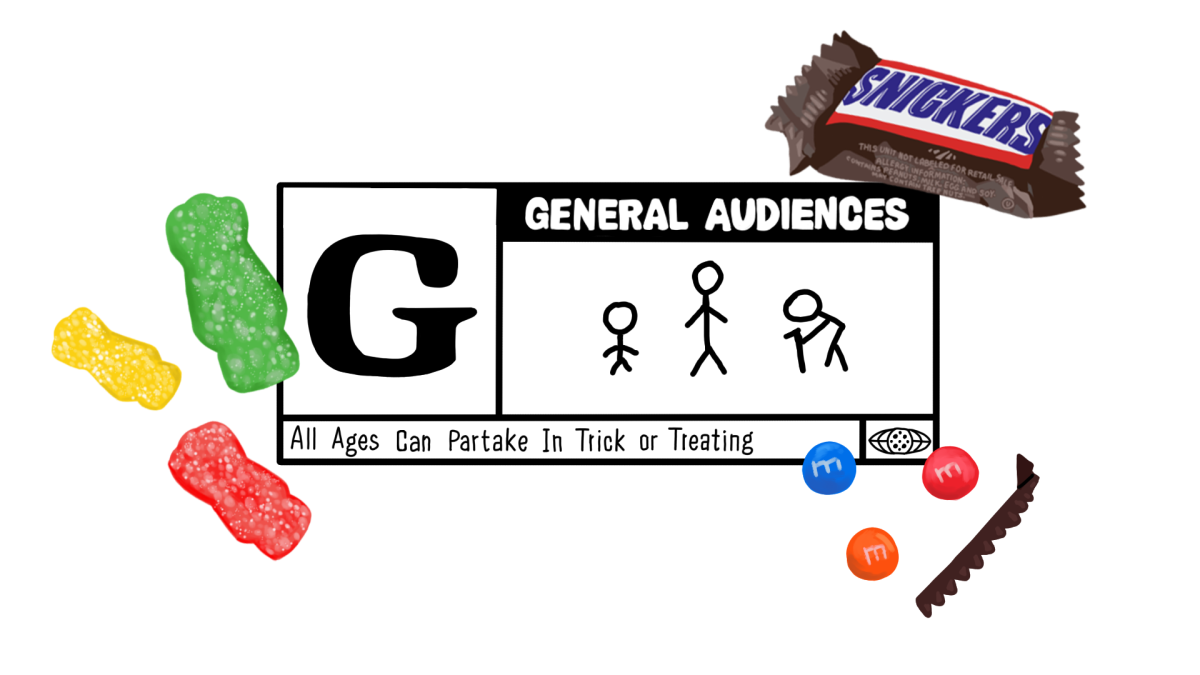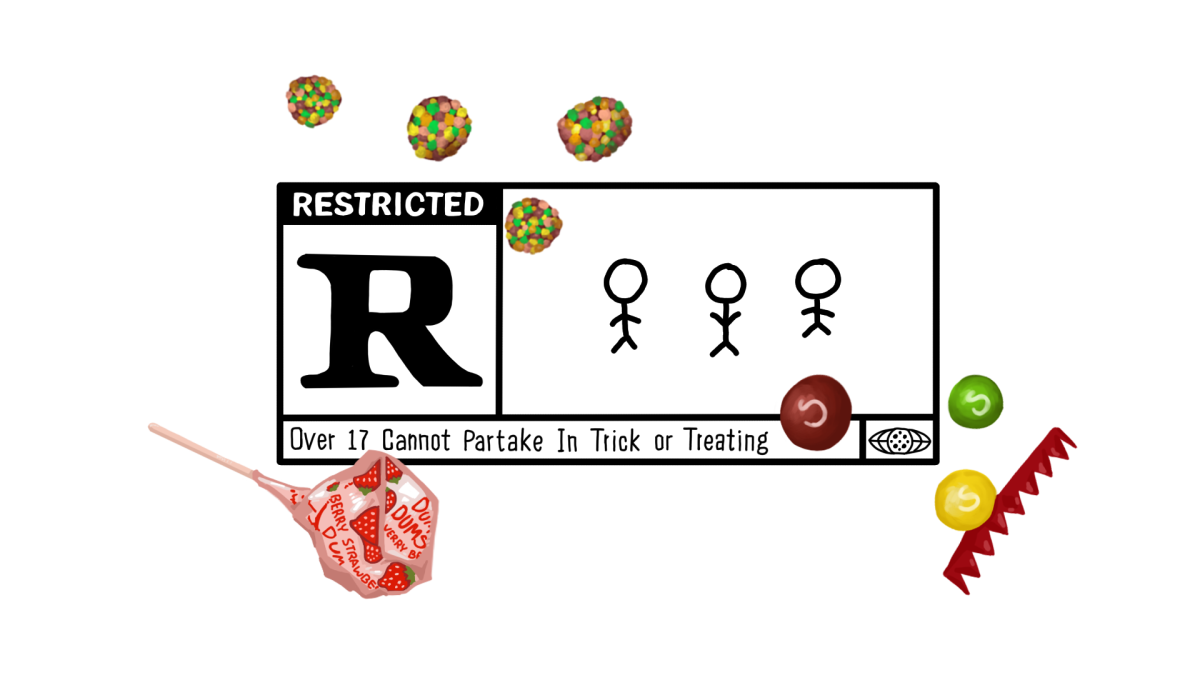On the first day of December, many of us sit down and start brainstorming our New Year’s resolutions: “This year I will get a gym membership,” or “This year I will take up and excel at a new hobby,” or even “This year I won’t eat sweets and make all of my meals at home.” During the holiday season, we think about the resolutions we will write down, filled with optimism in our ability to complete these resolutions starting in the new year. As the clock strikes midnight on Dec. 31, we promise ourselves that everything in our lives will change for the better. Yet, by the time spring arrives, many of these well-intentioned goals have faded into the background of daily life. But why is it that New Year’s resolutions so often fail?
One major reason resolutions often do not stick is that our expectations are set too high. People aim to transform their entire lives in a matter of weeks, which creates an overwhelming sense of pressure. The goal may be realistic, but often, the timeline is not. When the goals are unrealistic, the likelihood of success decreases dramatically. Instead of focusing on healthy changes, many set themselves up for disappointment.
Another reason is that many resolutions are too vague. Pledging to “get fit” or “be happier” lacks the direction needed to make a true change. Even goals that are more specific like “going to the gym a few times a week” still lack the logistics of timing and often tend to clash with one’s day-to-day life, causing them not to give up or tell themself they will start further into the year. Without clear, measurable goals, it is easy to lose sight of the resolutions, and the final goals will slowly fade. For the resolution to happen there has to be a specificity that creates a plan; without it, we tend to wander.
Additionally, while the initial motivation can be very powerful, it often wears off after a few weeks. People may feel excited in January but struggle to maintain that same level of enthusiasm and motivation throughout the rest of the year. Real change requires long-term commitment, which can be difficult to sustain without accountability, a solid plan and a support system. It is also hard to maintain when one expects to completely change their life upside down overnight. Significant change is a culmination of smaller adjustments towards a bigger goal. For example, instead of starting on going to the gym everyday for an hour starting Jan. 1, you should start by taking a walk around the neighborhood, and only then get a gym membership, first establishing a routine time commitment. It’s also important to not start with the hardest workouts, start slow and figure out what you like and want to be consistent in and what you like less.
New Year’s resolutions also tend to create an all-or- nothing mentality, imparting the feeling of an overwhelming, high-stakes burden when the clock strikes Jan. 1. This mentality can lead to thinking that if you do not achieve your goal perfectly, you have failed. This mindset can be discouraging and might cause people to abandon their resolutions altogether because they do not achieve their goals in time or are not as dedicated as they expected themselves to be.
New Year’s resolutions are often met with enthusiasm, but they frequently fall short due to a combination of unrealistic goals, a lack of specificity and motivation and an all-or-nothing mentality. Instead of relying on resolutions that lead to disappointment, one may want to consider setting smaller, more achievable goals throughout the year. This approach is much healthier, allowing growth and improvement more sustainably.





















